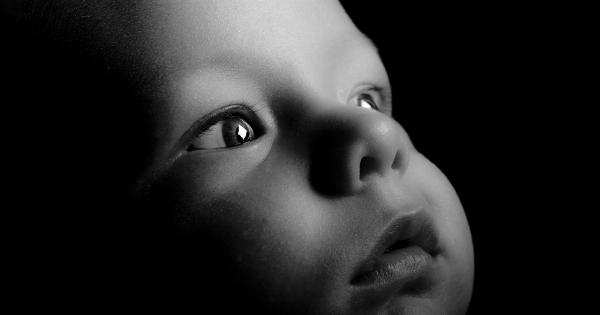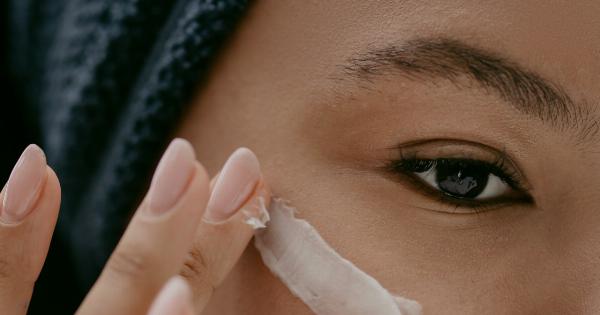Dark circles under the eyes are a common beauty complaint that affects people of all ages, genders, and ethnicities. While they are usually harmless, they can make individuals look tired, sick, or old.
Understanding what causes these dark circles can help people take the necessary steps to reduce their appearance and feel more confident.
What are Dark Circles Under the Eyes?
Dark circles under the eyes refer to discolored skin that appears beneath the lower eyelids. The skin in this area is thin and delicate, making it more susceptible to damage and showing through as a dark blue or purple hue.
Common factors that contribute to the development of dark circles include aging, genetics, allergies, and lifestyle behaviors.
Aging
As people age, the skin naturally becomes thinner and loses elasticity. This thinning can expose the blood vessels and veins beneath the skin, resulting in dark circles.
Additionally, dehydration, which is more common as people age, can exacerbate the appearance of dark circles.
Genetics
Dark circles can also be the result of genetics. People may inherit traits such as thinner skin, allergies, or certain anatomical characteristics that lead to the development of dark circles.
Individuals with a family history of dark circles are more likely to experience them throughout their lifetime.
Allergies
Allergies can cause inflammation and swelling in the body’s tissues, leading to the appearance of dark circles under the eyes. Allergic reactions can prompt the release of histamines, which can dilate blood vessels and increase blood flow.
This increased blood flow increases the visibility of the blood vessels under the skin, resulting in dark circles.
Lifestyle Behaviors
Several lifestyle behaviors can contribute to the development of dark circles, including lack of sleep, poor nutrition, excessive alcohol consumption, and smoking. Lack of sleep can cause the skin to become pale, making dark circles more visible.
Poor nutrition, particularly vitamin deficiency, can also contribute to the development of dark circles. Alcohol and smoking can cause dehydration, which can exacerbate the appearance of dark circles and premature aging.
Medical Conditions
Some medical conditions can lead to the development of dark circles. Anemia, for example, can cause a deficiency in the oxygen-carrying component of the blood, leading to the appearance of dark circles.
Thyroid conditions, liver disease, and kidney disease can also cause fluid retention and dark circles.
Treatment for Dark Circles Under the Eyes
Treatment for dark circles under the eyes can vary based on the causes. Some common treatments include:.
- Getting enough sleep
- Drinking enough water and staying hydrated
- Eating a healthy, balanced diet with proper vitamin intake
- Reducing or eliminating alcohol and tobacco use
- Using concealer makeup to cover dark circles
- Using over-the-counter skin creams to reduce the appearance of dark circles
- Using cold compresses to reduce puffiness and inflammation
- Undergoing medical treatment for underlying medical conditions such as anemia or thyroid disease
Conclusion
Dark circles under the eyes are a common beauty concern caused by multiple factors, including aging, genetics, allergies, and lifestyle behaviors.
Addressing the underlying issues behind dark circles can help reduce their appearance and boost confidence.






























